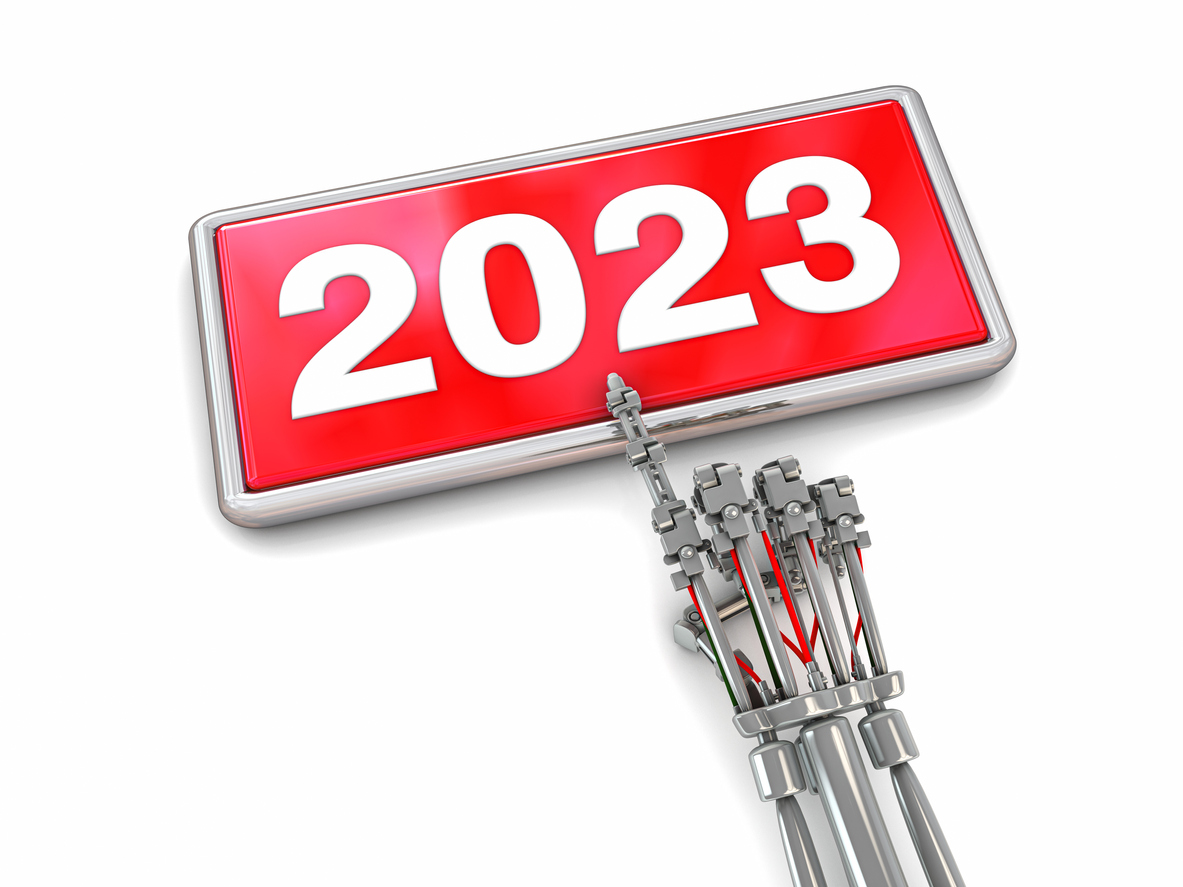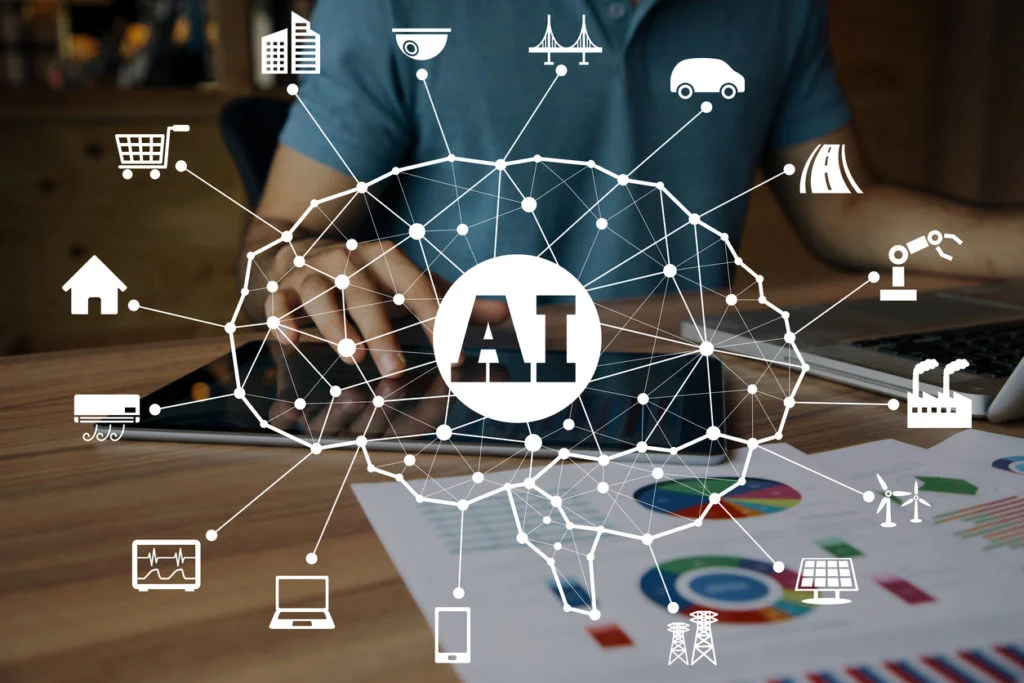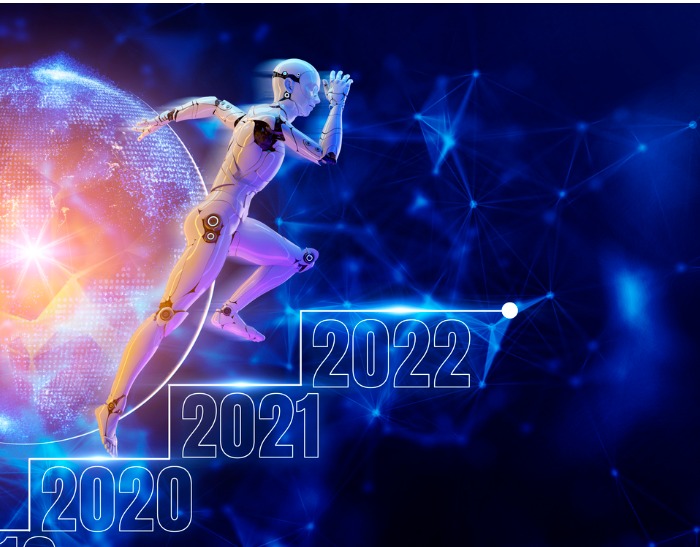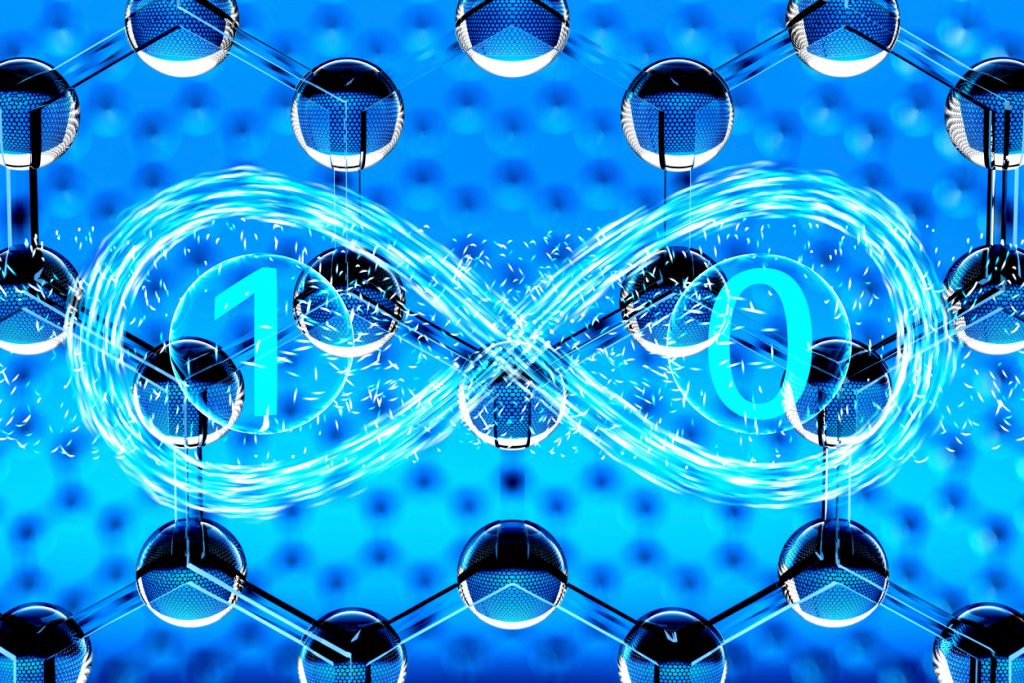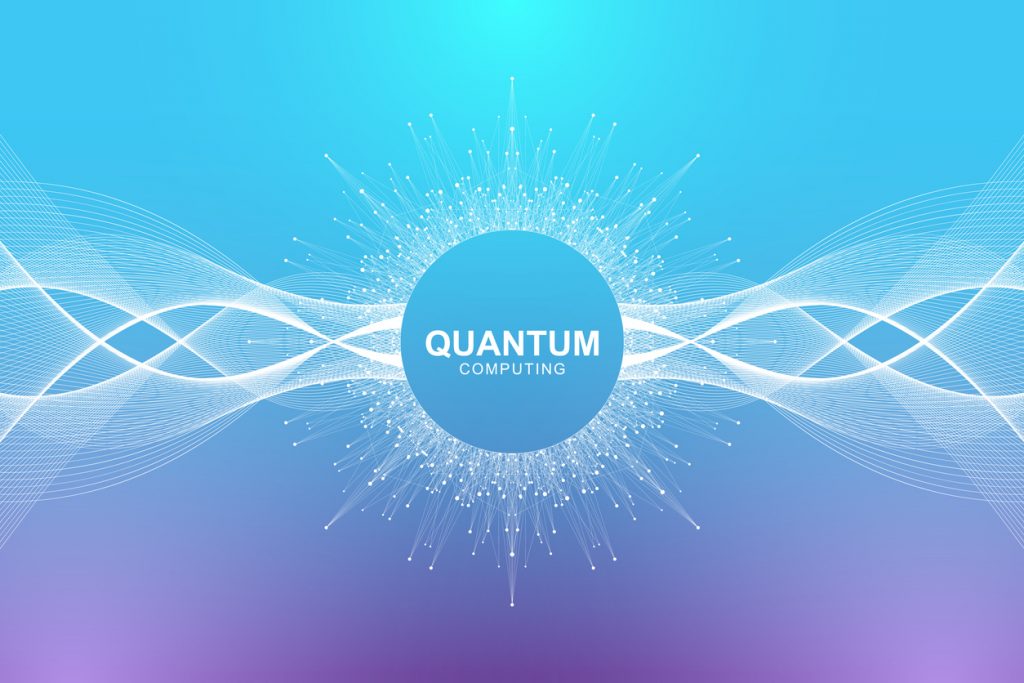2022 was the year with many AI breakthroughs. From the release of ChatGPT in November to the generation of hyper-realistic images from OpenAI’s DALL-E 2, the internet was buzzing with the many innovations that came to the forefront.
But as we progress into 2023, AI will become more mainstream without staying on the sidelines, and its use will prevail across almost all industries. While it has already become an inherent part of many organizations, in 2023, you can expect the advancements to be revolutionary.
It is quite possible that enterprises will start making AI the foundational component of their companies. That being said, let’s look at the top AI predictions for 2023.
The AI Vision in 2023: Top 10 Predictions
The main reason behind the widespread AI adoption and growth is its positive impact on the ROI. So, what can you expect AI to be like in 2023? Here are our top 10 predictions:
1. GPT-4
GPT, also known as a Generative Pre-Trained Transformer, is a language processing model. It continues to learn and evolve with the help of artificial intelligence. ChatGPT, built on top of GPT-3 model with over 175 billion parameters, surprised the entire world with its ability to write human-like scripts. However, you can expect GPT-4 to be the main highlight of 2023 in terms of artificial intelligence.
Although the GPT-4 release date is still unknown, the OpenAI CEO, Sam Altman, has confirmed that it will be released sometime in 2023. The applications of GPT-4 can be quite vast, including text summarization, code generation, grammar correction, chatbots, etc.
However, OpenAI is currently optimizing smaller models to provide equal or greater performance than its predecessors. Based on research from DeepMinds, the smaller models are known to be better for the environment as they require less computation power and cost. So, you can expect GPT-4 to be around the same size as GPT-3.
Moreover, Altman has also hinted that GPT-4 will be a text-only model. Plus, it will be more AI aligned than any of the previous GPT models produced by OpenAI.
2. Prevalence of Driverless Cars
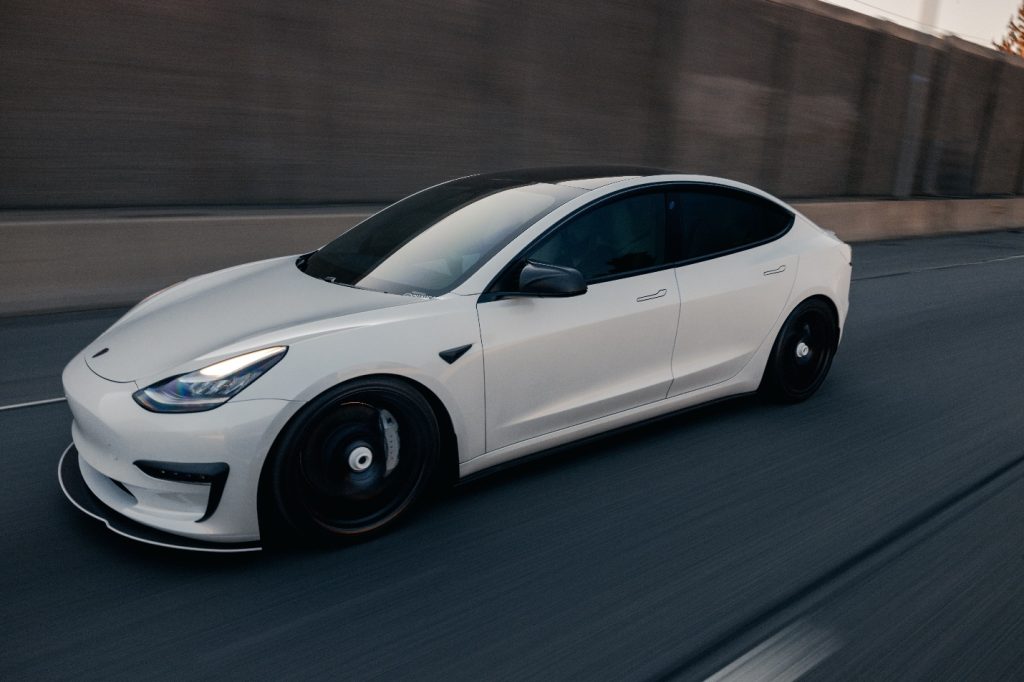
While many companies have promised driverless cars, Cruise made a breakthrough in 2022, offering completely driverless car rides, allowing people to get to their destinations without involving a driver. Although these rides are only limited to nighttime in San Francisco, in 2023, their use will become more prevalent.
AI can completely transform day-to-day commutes with driverless cars. A close competitor of Cruise, Waymo, will most likely catch up with their detailed approach. Their vehicles always know the exact locations on the road because of the real-time sensors and detailed custom maps.
Many other companies will also follow close behind, and you can expect more refined versions of autonomous vehicles that function throughout the day by the end of 2023.
3. Conversational Searches
The current search engine experience requires you to put your query in the search bar, resulting in a long list of backlinks, some of which may not be relevant.
But an even more convenient solution would be Chatbots. Imagine speaking to an AI agent who understands the context of your query and offers you the most relevant search result. Unfortunately, the current conversational LLMs aren’t entirely accurate, which often leads to irrelevant answers to queries. However, this issue will most likely be resolved in 2023. Metaphor, Character.AI, and You.com are some startups to keep an eye on.
4. Humanoid Robots
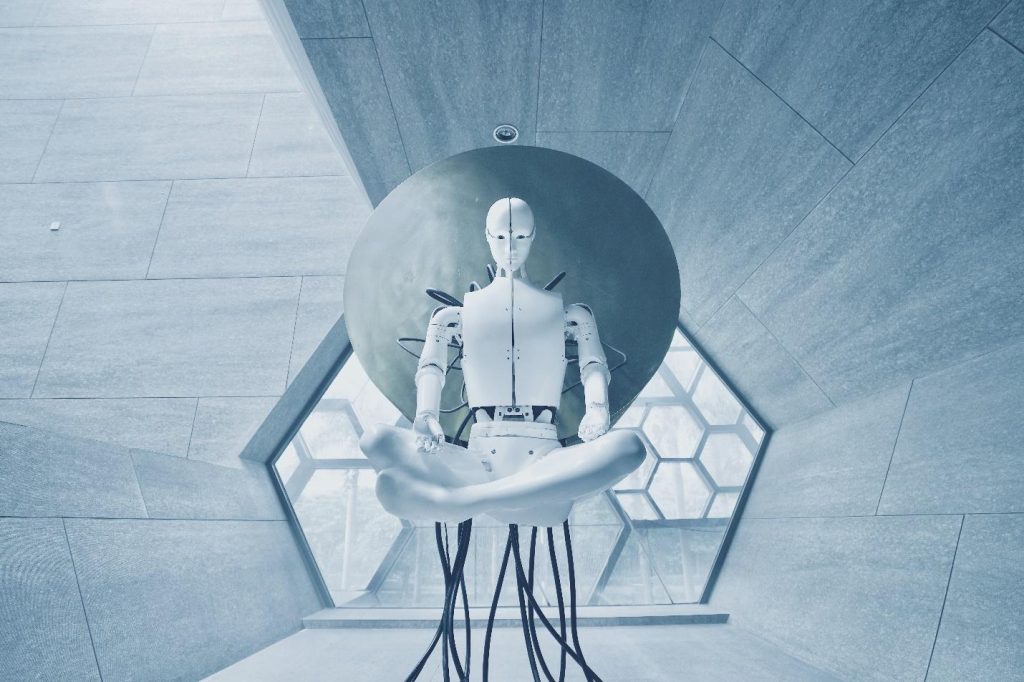
Humanoid robots are no longer fictional. Tesla and Google have made breakthroughs in this field using artificial intelligence. While Tesla’s humanoid robot, Optimus, is built around its self-driving car, according to Elon Musk, the CEO, it has been designed as an in-house help that can detect humans and objects.
The market is currently valued at $320.3 million, but in 2023, it is expected to rise exponentially.
In 2023, these robots can be used in various fields, including healthcare, transportation, delivery services, and whatnot. The humanoid robots will most likely transform human-domain everyday tasks performed in various industries and even at home with advanced AI and ML.
5. Upscale in Automation
The combination of AI, robotics, and software engineering leads to highly advanced automation, also known as hyperautomation.
In 2023, businesses will see an upscale in hyperautomation, which will help open up more opportunities for specialized jobs. When the basic operations are automated, jobs that require special skills with higher pay will be left vacant. This will help businesses find the right employees for their jobs, resulting in increased efficiency and productivity.
Although initially, elements of hyperautomation were only used by large-scale businesses, as only they could afford it. However, this year, at least some components of hyperautomation will become more accessible to even small-scale businesses, eventually driving the market to new highs.
6. Low-Code and No-Code Development
Low-code and no-code development uses AI, ML, API, etc., to help organizations develop applications without writing lengthy codes. It helps boost productivity and reduces the effort required to carry out complex tasks.
In the upcoming years, you can expect almost 70% of the new code developments to occur through low-code and no-code. Due to its efficiency and effectiveness, organizations of all scales will most likely adopt this approach for application design and development.
Even microservices will grow using low-code and no-code development. Moreover, the Internet of Things (IoT) will most likely adopt this approach to reduce the complexities involved in data processing. Many companies will start developing high-performance mobile applications with low-code and no-code methods to deliver a better customer experience to business clients.
In a way, low-code and no-code approaches will become why companies rapidly adopt artificial intelligence, as they can develop complex applications designed for specific purposes without worrying about writing complicated and lengthy codes.
7. Sophisticated Cybersecurity

While artificial intelligence has already become part of the security landscape, cyber attackers are also becoming more efficient in finding their way around the security parameters.
However, businesses and enterprises can benefit from more sophisticated cybersecurity by fully implementing AI in security systems.
With lightning-fast data processing, threats can be identified faster, with a quick response time. The AI algorithms are efficient at self-analyzing attack patterns and behaviors, which leads to reliable threat prediction.
But the refined cybersecurity systems also mean a rise in cyberattacks. In 2023, healthcare, logistics, eCommerce, retail, and even education will face numerous cyber threats. However, these sectors will likely increase their security budgets to switch to more robust cybersecurity systems. Given the rise in cyberattacks, most organizations will adopt a Zero Trust security model. Moreover, even the processes that still require some form of manual work may be automated in 2023.
In the upcoming months, you can expect organizations to prioritize cyber risk management more so than anything else.
8. Metaverse

During 2022, almost everyone read or at least heard about the Metaverse. Described as a virtual world where essentially anything is possible, the Metaverse is a vision that portrays the future of the internet. But there is more than one vision for this concept. Some are using it to create virtual reality environments, while others are utilizing it to create more collaborative environments for completing tasks and projects, and artificial intelligence is the center point of it all.
That being said, there are countless Metaverse predictions for 2023. For starters, the Metaverse will become the new marketing channel for the top brands.
Fashion giants, including Gucci and Nike, have already confirmed that they have already started work on Metaverse. Since consumers are always searching for ways to interact with brands in more unique and engaging ways, the Metaverse, web 3.0, is the perfect platform for building the brand’s presence and offering a unique interaction to consumers. Realistic avatars driven by AI capabilities might become a part of the marketing strategy, engaging users in promotional conversations.
What the winning strategy be, no one knows for sure yet. But one thing is for sure; the Metaverse will open up an entirely new dimension for marketing.
Another way the use of Metaverse will prevail in 2023 is through virtual business environments that allow companies to do business remotely. But most of all, this approach will be more intelligent and efficient. It will become an effective way to test real-world prototypes in a virtual world. The AI simulations will become a substitute for real-world testing, thus reducing overall costs. Moreover, the Metaverse will provide a more immersive and lifelike digital experience, which will be completely different from what we are used to.
9. Personalized Digital Experience
AI is known for being a convenient solution that gives you what you want when you want it. While still not perfect, 2023 will be the year when people will get to experience a more personalized digital experience that saves time, is convenient, and delivers the results user seeks.
The human-centric algorithm of AI will ensure everything you experience online is more catered to your needs. Besides benefitting brands, artificial intelligence will also transform the user experience, making it more convenient for everyone.
In organizations, many processes, such as the recruitment of new employees, training, and other HR-related processes, can be automated to minimize workload. Moreover, by letting AI execute tedious tasks, workplace efficiency can also be improved. In fact, AI can also eliminate repetitive in-home tasks. At the same time, it is important to understand that the personalized digital experience will eliminate tasks, not jobs. So, expect 2023 to lean more toward automation.
10. Enhancing Customer and Brand Experience

Brands no longer focus on the products when marketing; instead, they put more effort into becoming customer-centric.
In 2023, brands will limit or stop using mass emails, SMS, and calls, as these tactics yield low returns. Instead, personalization via AI and ML will become the key to delivering what the customers want.
The AI technology will focus on learning about consumer behavior and offer solutions based on highly accurate predictions. But that’s just the tip of the iceberg. In 2023, you can expect automated payments via artificial intelligence. Consumers can interact with chatbots in live chats or social media DMs, where payments can be processed on the spot, thus driving conversion rates. The bots will also be able to handle customer queries, offering contextual responses that provide value to the user, thus building brand loyalty by enhancing customer experience.
The Bottom Line
The AI predictions for 2023 are vast. With the launch of GPT-4 and the increasing demand for more robust cybersecurity and automation, you can expect the coming months to bring major AI breakthroughs, particularly with autonomous vehicles and the Metaverse. Moreover, the low-code and no-code development will bring revolutionary changes in how applications are designed and made in the future.
The refinement of chatbots will bring forth personalized digital and consumer experiences, ultimately leading to brand loyalty. Humanoid robots will also become an inherent part of 2023, but you can expect more innovative developments in this particular section in the years ahead.
Stay up to date with the latest AI inventions and breakthroughs by following Achievion social page. We stay at the top of all AI technologies and offer the latest solutions to help your business grow and achieve goals quickly. Contact us to learn more.



